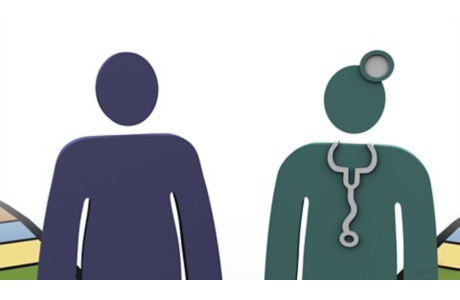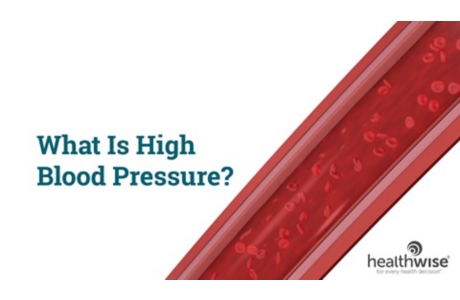Overview
Your care provider uses a blood pressure monitor to screen for high blood pressure. A blood pressure cuff is wrapped around your bare upper arm. The cuff is then pumped up. The cuff is slowly deflated, and the monitor shows your blood pressure numbers. Either an automatic or manual monitor can be used.
After measuring your blood pressure, your doctor may ask you to test it again when you are home.footnote 1, footnote 2 This is because your blood pressure can change throughout the day. And sometimes blood pressure is high only because you are seeing the doctor. This is called white-coat hypertension.
Your doctor may ask you to monitor your blood pressure at home to make sure that it actually is high. You may get an ambulatory blood pressure monitor or a home blood pressure monitor.
Who should be screened for high blood pressure and how often?
The U.S. Preventive Services Task Force (USPSTF) recommends screening adults age 18 and older for high blood pressure.footnote 3 You can get your blood pressure checked during any routine medical visit.
Your doctor can let you know how often you should get your blood pressure checked. It may depend on what your blood pressure is and your risk for heart disease. The USPSTF makes these recommendations:footnote 3
- Get your blood pressure checked every year if any one of the following is true:
- You're age 40 or older.
- You're African-American.
- You're overweight or obese.
- The top number of your blood pressure is 130 to 139, or the bottom number is 85 to 89, or both.
- You can get your blood pressure checked every 3 to 5 years if all of the following are true:
- You're age 18 to 39.
- And the top number of your blood pressure is lower than 130, and the bottom number is lower than 85.
- And you're not African-American.
- And you're not overweight or obese.
Children and teens
Children and teens typically have their blood pressure checked during routine checkups. Blood pressure checks typically start after age 3. After age 18, men and women can follow the adult screening guidelines.
Related Information
References
Citations
- Whelton PK, et al. (2017). Guideline for the prevention, detection, evaluation, and management of high blood pressure in adults: A report of the American College of Cardiology/American Heart Association Task Force on Clinical Practice Guidelines. Journal of the American College of Cardiology, published online November 13, 2017. DOI: 10.1016/j.jacc.2017.11.006. Accessed November 20, 2017.
- U.S. Preventive Services Task Force (2015). Hypertension in adults: Screening and home monitoring: Final recommendation statement. http://www.uspreventiveservicestaskforce.org/Page/Document/RecommendationStatementFinal/high-blood-pressure-in-adults-screening. Accessed January 21 , 2016.
- U.S. Preventive Services Task Force (2015). Hypertension in adults: Screening and home monitoring: Final recommendation statement. http://www.uspreventiveservicestaskforce.org/Page/Document/RecommendationStatementFinal/high-blood-pressure-in-adults-screening. Accessed January 21 , 2016.
Credits
Current as of: June 24, 2023
Author: Healthwise Staff
Clinical Review Board
All Healthwise education is reviewed by a team that includes physicians, nurses, advanced practitioners, registered dieticians, and other healthcare professionals.
Current as of: June 24, 2023
Author: Healthwise Staff
Clinical Review Board
All Healthwise education is reviewed by a team that includes physicians, nurses, advanced practitioners, registered dieticians, and other healthcare professionals.



